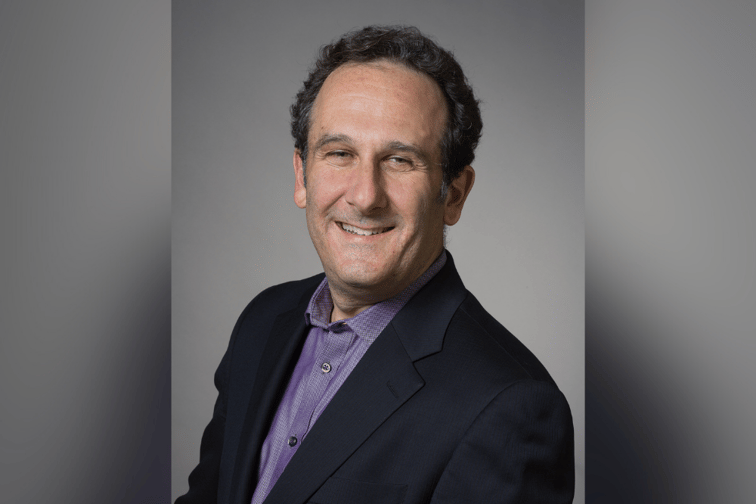

Stuart Baserman, chief technology officer of Slice Labs, essentially served in his role even before the company existed.
Baserman (pictured) is one of the founders of Slice, which launched in late 2015, sells on demand insurance and helps carriers do the same through its Insurance Cloud Services platform. He was there in the beginning helping to launch Slice along with CEO and co-founder Tim Attia and others.
Baserman said he helped play a role in developing what became Slice’s signature platform but is modest about the details.
“It was a team effort,” he said. “It wasn’t a one-man thing. But the initial concept of what the platform was going to be – I was quite involved in that.”
The end result is a platform built to do underwriting by algorithm, using rules, data and machine learning. It can also work all the time.
“Because it’s not necessarily relying on individuals or people, one of the ideas, and one of the core concepts, was that we should be able to render underwriting all the time,” Baserman said. “We have, essentially, a continuous underwriting process that happens on the platform.”
Core customers include carriers and MGAs, among others. It can also work as a white label platform, where some customers put their logos on the system, and some use it that way, Baserman noted.
Slice, which has raised multiple rounds of venture capital financing, is headquartered in New York, has an EU regional office in London, UK and development operations in Ottawa, Canada. That’s where Baserman and much of his team are based.
Employees number roughly 50 or so people (a smaller staff after some reductions early in the COVID-19 pandemic), and many are focused on software and engineering, or on the product team – under Baserman’s purview.
Baserman said he sees a key part of his job as mapping out how Slice uses and develops its technology. But the work is never solo.
“It’s setting a vision for the technology platform … and then putting together a team that can essentially deliver that vision,” Baserman said, in conjunction with Attia and others. “It’s really about that, and then really supporting the team and building the team.”
Chief technology officers are c-level positions at companies of all sizes, insurance technology or otherwise. Serving as a CTO at a small technology company offers a unique benefit, he said.
“Obviously with a smaller team, I can remain much more connected … and it’s just easier to keep track of what’s going on,” Baserman said. “I think that some of the challenges are probably the same, independent of the team size [but] there’s always a lot of work to do.”
Often, Baserman said, it can seem like there’s more work to do than capacity, so part of his job is to sift through the challenges and get things done.
“We all have great ideas, and so it’s a matter of how we select from our great ideas,” Baserman said. “How do we prioritize our work to deliver value for our customers, for our investors?”
Like other CTOs and tech executives, Baserman said that technology should not be purchased for technology’s sake.
New technology “things are always coming out, and we try to stay up to date with those new things, but there could be a tendency to go from one new thing to another new thing, and that’s something that we don’t do,” Baserman said. “We’re picking technologies that we think can deliver value for us.”
That can include something proprietary, but also third-party technologies, he added.
Overall, Baserman said, he works often, maybe 10 hours a day, and he thinks about work related tasks well past that. Working from home much of the time, he tries to take lunchtime walks and used to walk to the office and home before the pandemic. Those quiet times, he said, were often beneficial for working through work tasks and producing useful ideas.
“Sometimes [they are] maybe my best ideas, and sometimes … it isn’t necessarily earth shattering, but I wonder how I did not think of [the idea] when I was just sitting at my desk.”
In the end, Baserman said he has “no idea” about how to be a good chief technology officer, other than focusing on the collective operation.
“I would probably answer with my bias, which is to build a good team,” he said. “I think you can be a good chief technology officer but ... your team is going to end up executing on a lot of the work. In order to really be successful, you have to have a great team.”
